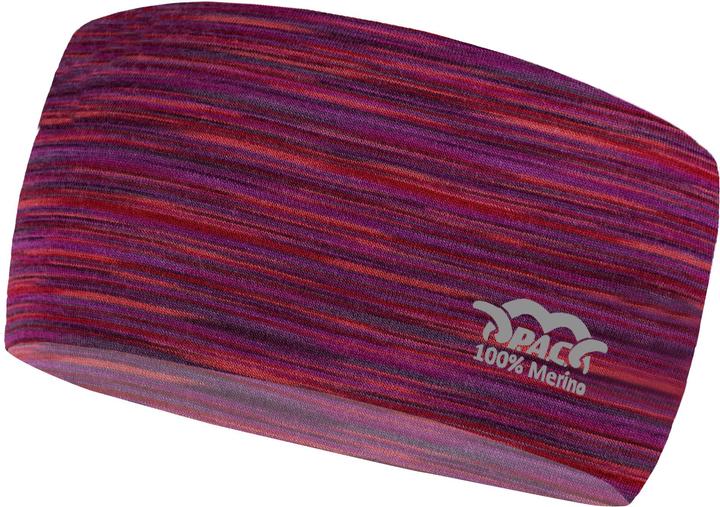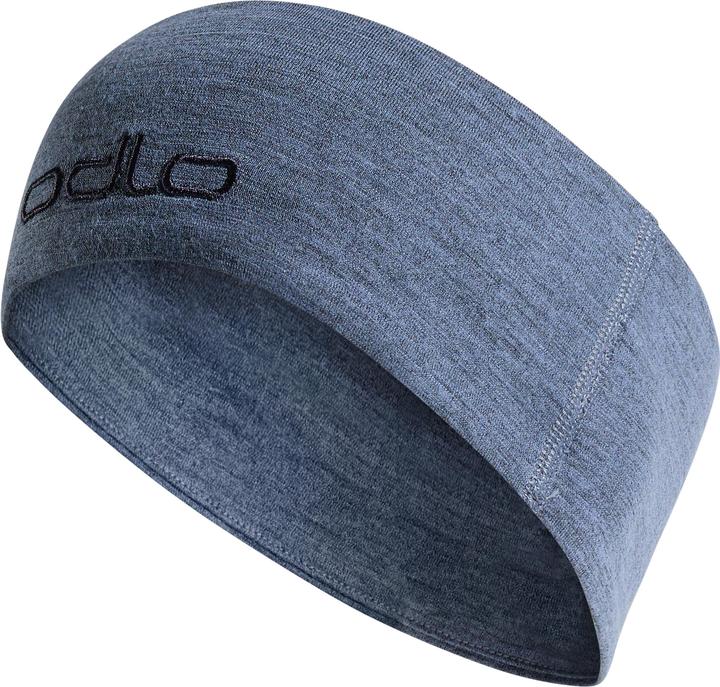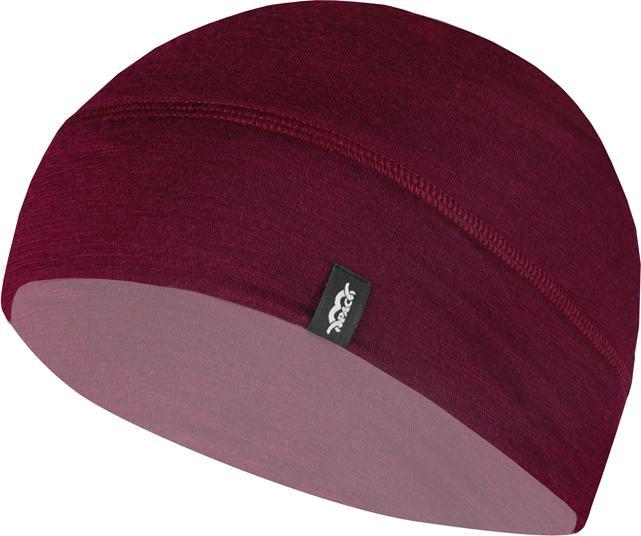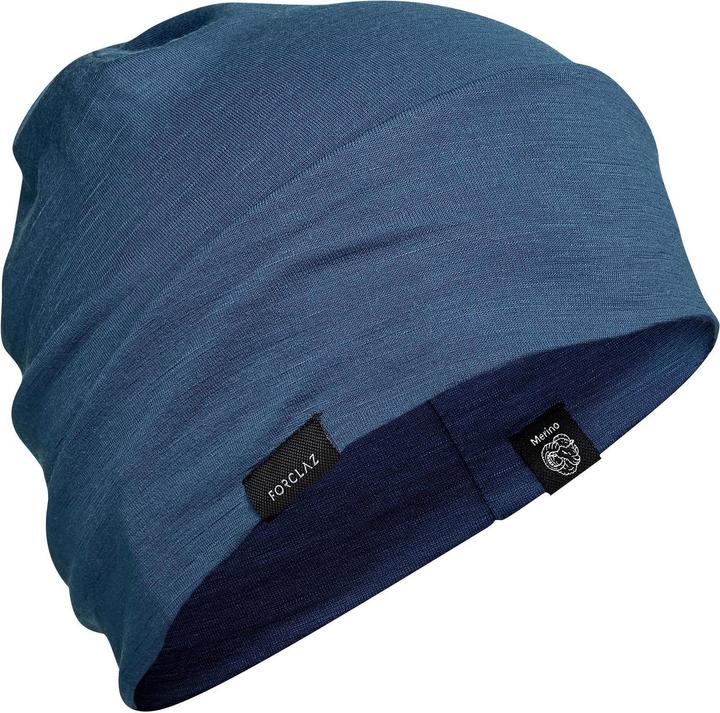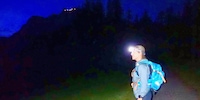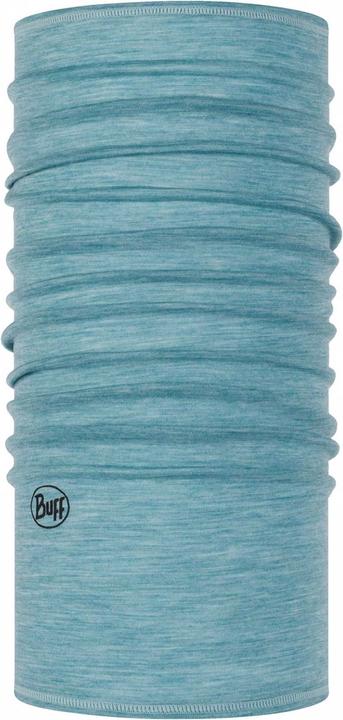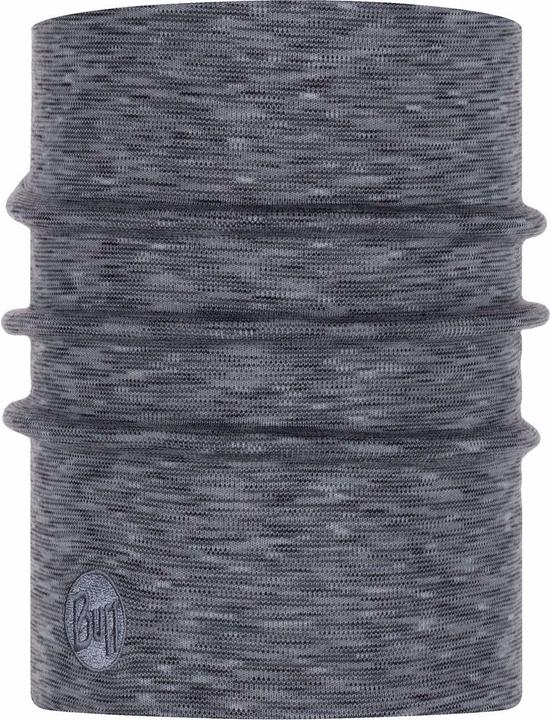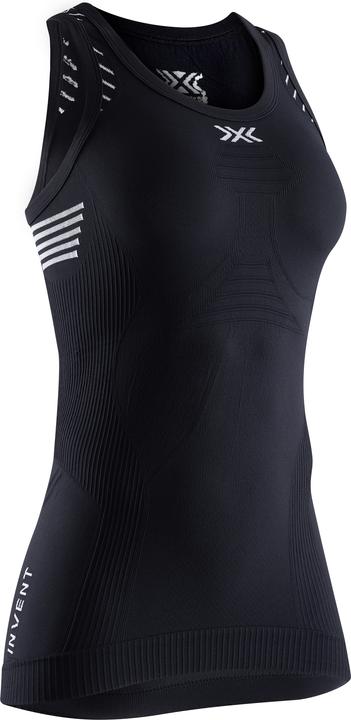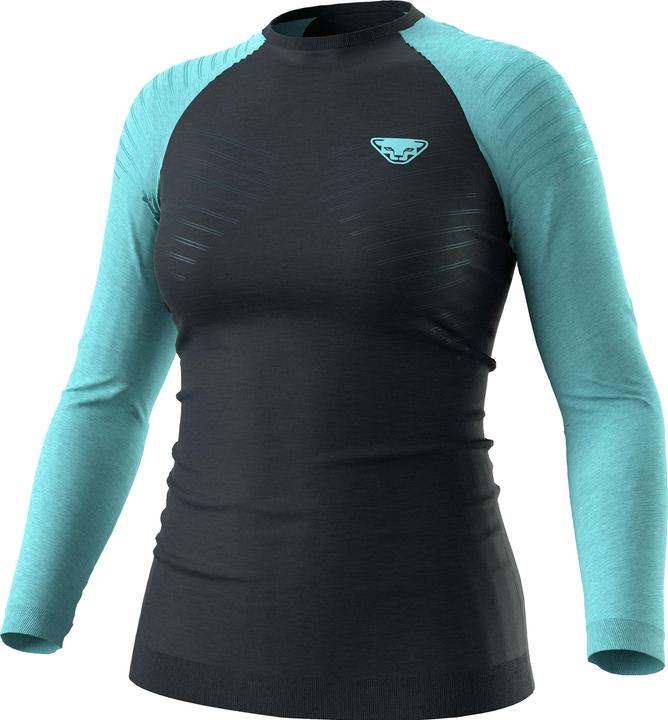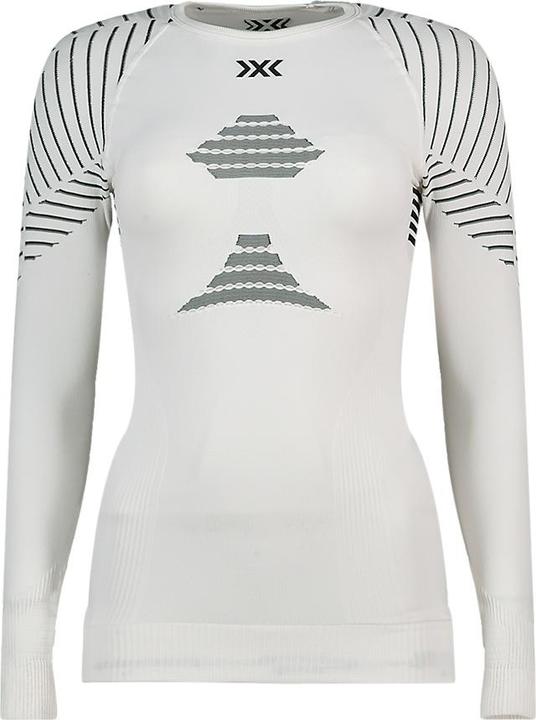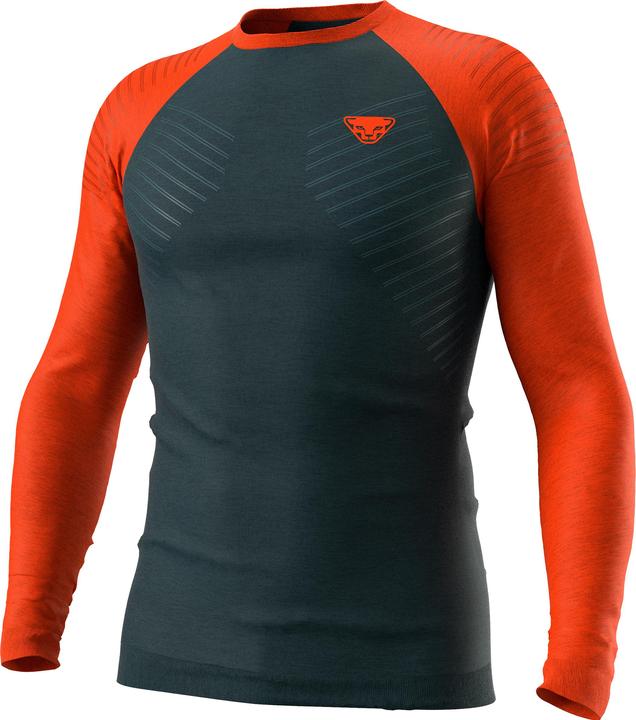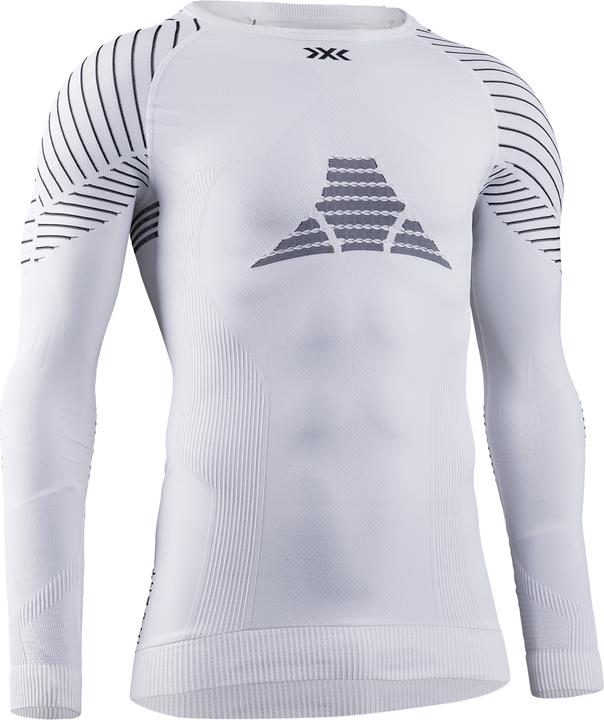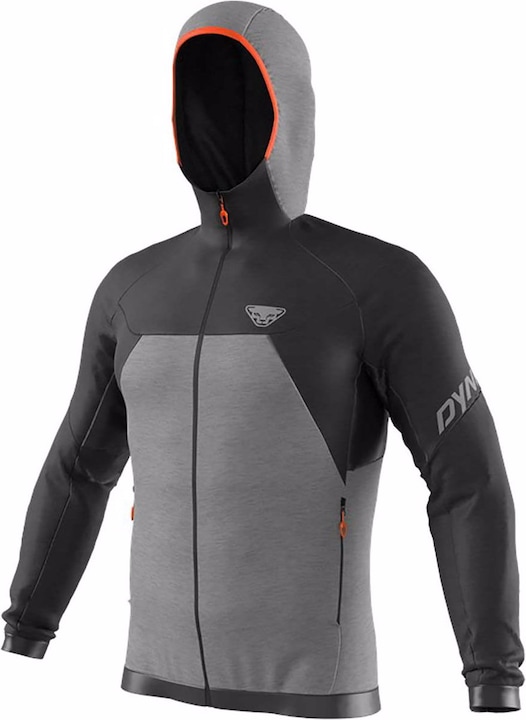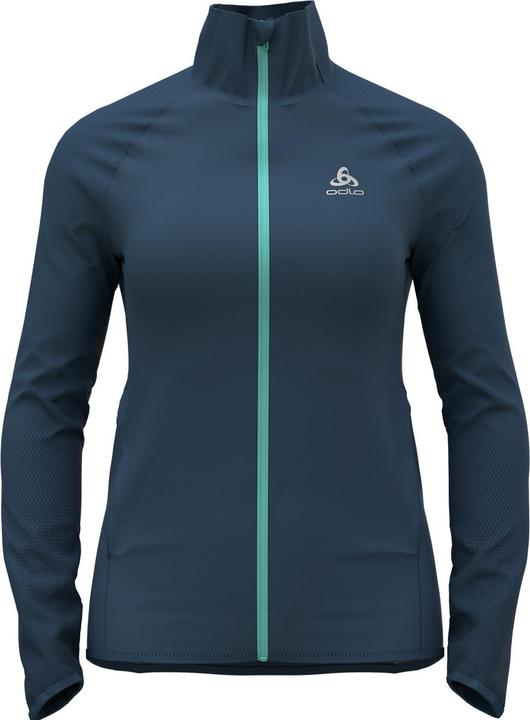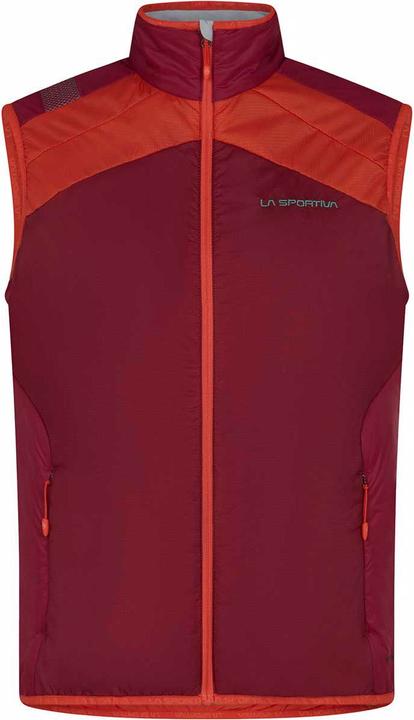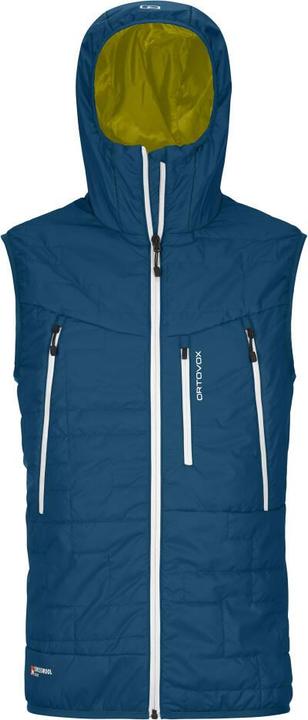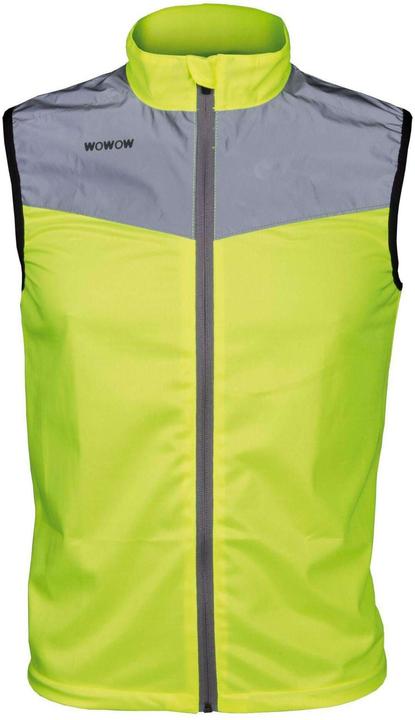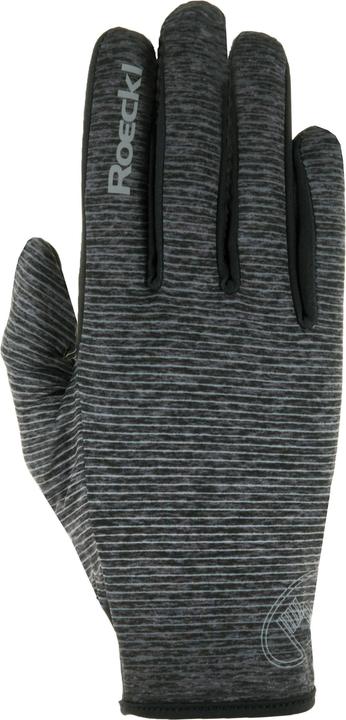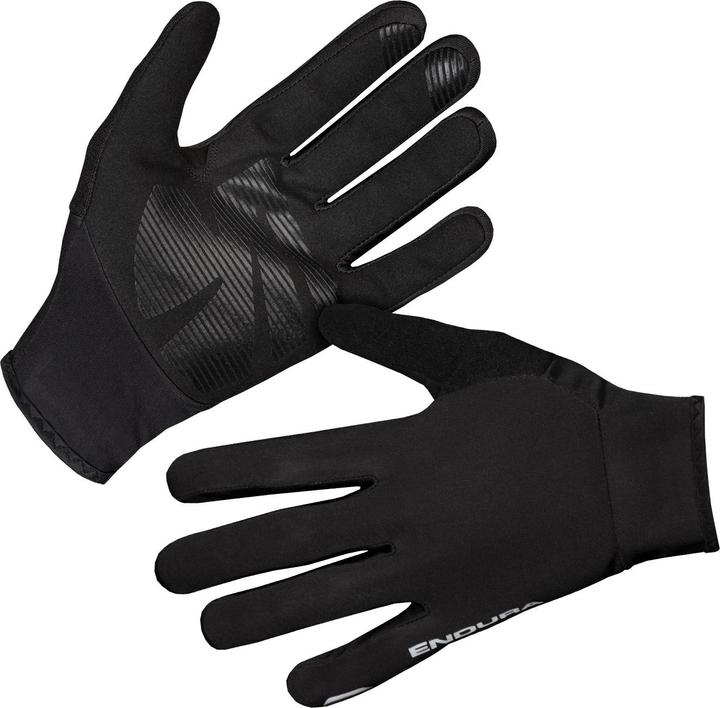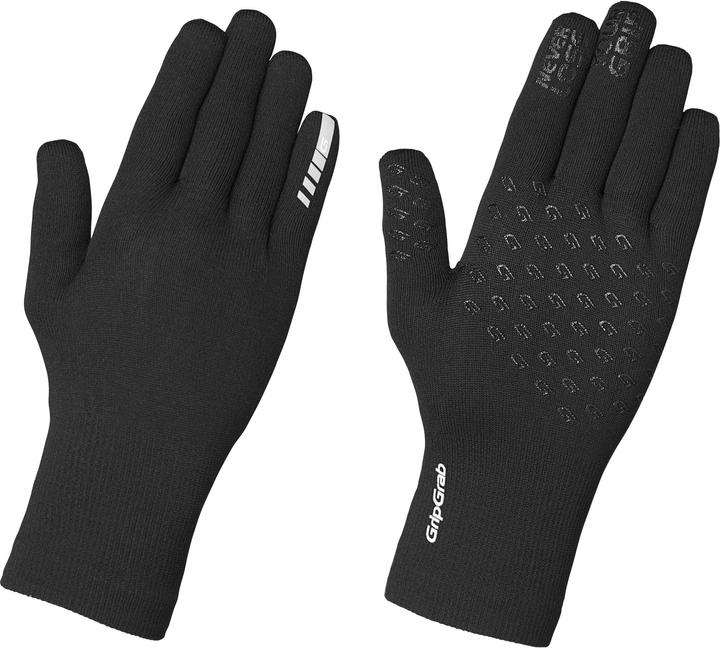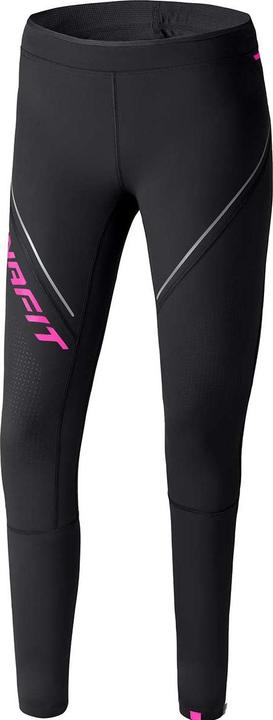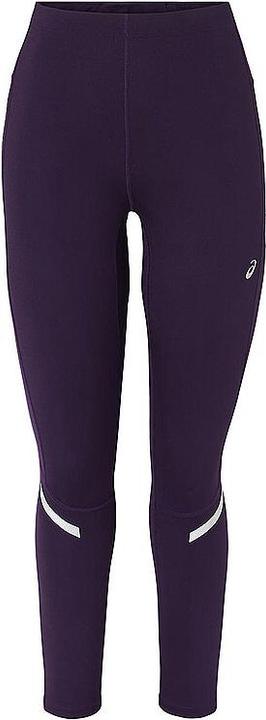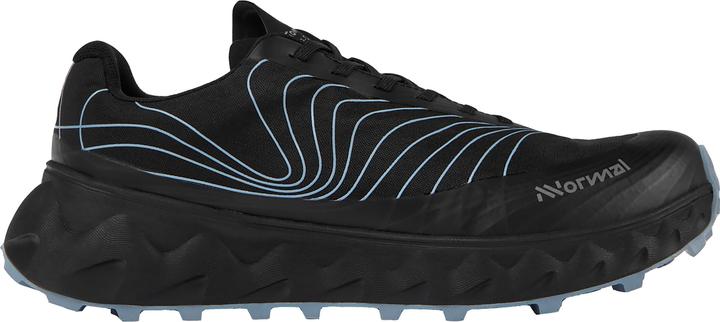

Go merino! Tips for winter running
It’s cold, slippery, and wet. I can’t blame you for thinking twice before lacing up your running shoes. The cold can really hamper motivation. But with the right clothing and a few neat tips, you can keep up your training even in winter. That way, you’ll be in shape when spring arrives.
Even the most motivated jogger may falter come winter. But winter is perfect for working on basic endurance to start the year off on a healthy foot. It’d be a shame to allow a bit of cool weather to blow your resolution to smithereens. Champions are made in the off-season!
1. Don’t aim to break any records
Winter is the ideal time to improve your aerobic performance by training in your basic endurance range, i.e. at around 65 to 75 per cent of your maximum heart rate. You should still be able to speak well in this range. Of course, you shouldn’t totally neglect your pace during the winter months either. Incorporating faster sections or short sprints into your training from time to time is enough to ensure your body doesn’t forget what fast running feels like. Just be sure to warm up thoroughly beforehand. Et voilà – once spring is here, your body will be ready for more intense sessions like tempo runs and interval training.
2. Stay hydrated
Even if it feels like you’re not losing much fluid on your winter runs, you’re probably losing more than you think. As the air is often dry in winter, you lose moisture when you exhale, which you can see when breathing out. So, bring along some liquid on easy runs of more than an hour. My drink of choice: water mixed with electrolyte powder from Peak Punk.

3. Dress right
The aim is to neither sweat too much nor be too cold. Your bottom layer should wick moisture away from the body as much as possible. The motto is layer, layer, layer! And no, don’t bundle up so snuggly that you’re drowning in your own sweat.
Here’s a tip to bear in mind: it’s worth overcoming some initial frostiness. Working your muscles will warm you up quickly enough. If you overdo it in terms of clothing, you’ll find yourself sweating excessively. If you then take a break or stop running, you’ll be freezing due to the moisture.
It’s fine to go jogging in down to -15 degrees Celsius. If temperatures drop below that, skip the outdoor run. Your body won’t be able to warm the air you breathe in through your mouth sufficiently, and ice-cold air is no good for the lungs.
Keep your head warm
I like to wear a headband to keep my head and ears warm. You can go for a cosy, odour-resistant merino wool band or a thinner, synthetic-fibre band that wicks moisture away from the skin. Reflective details are a great way to make yourself more visible when running in the city.
When it gets really cold, you can switch to a hat. These are my favourites:
Since winter runs often take place in dark conditions, here’s a tip for improving visibility: wear a headlamp. Especially on forest paths and trails, it’ll save you from stumbling or receiving unwanted caresses from an overhanging branch. I recently tested the Trail Runner Free headlamp from Silva.
For extra warmth around my airways, I like to use a thin tube scarf. Again, you can choose between merino wool and synthetic fibres. A tube scarf will keep your neck and throat warm, which helps prevent tension.
Keep your core warm
When it’s really cold out, I start with a tank top or T-shirt as my first layer. I’m a fan of functional shirts from X-Bionic for higher intensity runs, and merino wool for lower intensity runs. I also like my Odlo shirt with Nuyarn, which is the brand name of a merino wool fibre spun in a way that wicks moisture away from the body. My sports bra is also made of merino wool.
The next layer should be a functional shirt, again with the aim of keeping you warm and dry. And again: merino is a prime pick. Here’s a selection for women:
And here’s a selection of similar shirts for men:
Next, it comes down to temperature and precipitation. Your next layer should be a jacket or a vest. Jackets with reflective details are great for running in the city or along roads and bike paths. If it gets really cold, you can also combine a jacket and vest.
In really frosty temperatures, I opt for lined vests. They keep me warm, but still allow enough heat exchange so that I don’t overheat. You’ll find a range of models, some with lightweight, insulating Primaloft, some with a wool-synthetic blend and others with reflective details to keep you clearly visible.
When it’s foggy, drizzling or snowing, I like to wear my Odlo Zeroweight running jacket (I’ve tested it in heavy rain, too!) It not only protects me from the rain, but also from the wind.
Keep your hands warm
If you ask me, there’s nothing more unpleasant that cold hands when running. Gloves are an absolute must for me in winter. Below are some lightweight models that’ll keep you warm enough when moving and are easy to stow away should your hands get too toasty. As your hands are super exposed when running, I opt for gloves that are as wind-resistant and water-repellent as possible.
Keep your legs warm
The movement of running generates quite a lot of heat in the legs, too. Your pants don’t have to be all that thick or warm. Finding the right balance between insulation and a sporty fit is especially important when it comes to pants, as you typically only wear a single layer. You can also look out for leggings with reflective elements for better visibility on the road and in the city. Here’s a small selection:
Wear shoes with enough tread for snow and mud
When it comes to winter running shoes, I have two requirements: they’re to keep my feet warm and provide ample grip. Below is a selection of trail running shoes with a special nigh-waterproof membrane and a good profile. Admittedly, I have a love-hate relationship with waterproof shoes. On the one hand, I appreciate that they keep my feet dry and therefore warm. But if I step into a puddle or stream and any water seeps into my shoe from the top, I find myself cursing at how long it takes the shoes to dry.
If you’re looking for extra grip, you might be interested in Icebug’s model with integrated spikes. I’ll be publishing a review of a different, lightweight trail running shoe from Icebug without spikes, but still very good grip.
Alternatively, you can continue using your normal running shoes and simply equip them with snow chains. The Snowline brand offers removable spikes made just for running.
I use the Snowline spikes a lot during the winter, especially on icy paths. You can check out my review of them here:
Where to store your discarded layers
One of the reasons behind wearing several layers is the ability to take them off as needed. But what do you do with the discarded layers? In the winter, I like to run with a small backpack where I can stow my chains, hat, gloves or vest if necessary. I also use it to carry my water. My favourite is the small running backpack from Nnormal that I recently wrote about.
Long story short, keep moving in the winter with the right clothing
Cold, snow and ice don’t have to keep you from your resolutions. On the contrary, with the right equipment, running in the cool winter air is really fun. And hey, in addition to increasing your basic stamina, you can shed those pesky holiday pounds. Jog regularly in winter and you’ll be ready when the running season really gets going again in spring.
Header image: Siri Schubert
Research diver, outdoor guide and SUP instructor – I love being in, on and around water. Lakes, rivers and the ocean are my playgrounds. For a change of perspective, I look at the world from above while trail running or flying drones.
Practical solutions for everyday problems with technology, household hacks and much more.
Show all